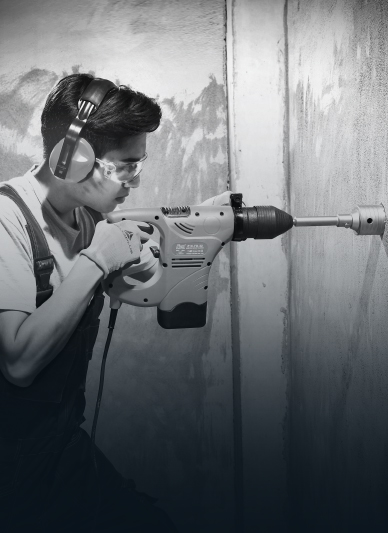Wholesale Cheap Cast Cold Steel Chisel Price
Sculpting is an art form that has been practiced for thousands of years, with artists using various materials to create three-dimensional works of art. One of the enduring and versatile tools in the sculptor's arsenal is the Steel Chisel. The Steel Chisel has played a significant role in shaping the sculpting industry, from the ancient civilizations to the modern era.
The use of Steel Chisels dates back to the Bronze Age when early forms of chisels were made from bronze. However, it was the advent of steel that revolutionized the sculpting industry. They offered a combination of strength, durability, and sharpness that was unmatched by previous materials. This allowed artists to work with a wider range of materials, including stone, wood, and metal, and to achieve greater levels of detail in their work.
Over time, the design of Steel Chisels has evolved to meet the needs of different sculpting techniques. Today, there are various types of them available, each designed for specific tasks. For example, there are flat chisels for general carving, gouges for creating curves and hollows, and V-shape chisels for detailing. The development of these specialized tools has allowed sculptors to push the boundaries of what is possible in their art.
In the modern sculpting industry, Steel Chisels remain an essential tool. They are used in a variety of applications, from traditional stone carving to contemporary metal sculpture. The precision and control offered by them allow artists to create intricate and detailed works that would be difficult or impossible to achieve with other tools.
The availability and versatility of Wholesale Steel Chisels have had a profound impact on artistic expression in the sculpting industry. Artists are no longer limited by the tools at their disposal but rather can focus on their creative vision. This has led to a greater diversity of styles and techniques in sculpture, as artists experiment with new ways to use them in their work.
As with any tool, the quality of a Steel Chisel can greatly affect its performance. High-quality ones are made from durable materials and are carefully crafted to ensure a sharp, precise edge. Investing in quality can make a significant difference in the quality of a sculptor's work, as well as the longevity of the tool.
Despite the advent of digital technology and 3D printing, the Steel Chisel remains an indispensable tool in the sculpting industry. While these new technologies offer exciting possibilities, they cannot replace the tactile experience and precision that comes from using them. It is likely that they will continue to play a vital role in sculpture for many years to come.
The production of Steel Chisels, like any manufacturing process, has an environmental impact. However, many manufacturers are taking steps to reduce this impact by using sustainable materials and practices. As the sculpting industry becomes more environmentally conscious, their production of them will need to adapt to meet these new standards.
The demand for Steel Chisels has a significant economic impact on the tool-making industry. As the sculpting industry continues to grow, so too does the market for them. This demand supports jobs and economic growth in the tool-making sector.
Cheap Cast Steel Chisels are not only tools but also cultural artifacts. They represent the history and tradition of the sculpting industry. Many artists take pride in using the same tools that have been used by sculptors for centuries, and it is a symbol of this continuity.
In art schools and workshops, Steel Chisels are often used to teach the fundamentals of sculpture. Students learn not only how to use the tools but also the history and techniques associated with them. This hands-on experience is invaluable in developing a deep understanding of the sculpting process.
In addition to their practical use, Cold Chisel Steel Prices also have an aesthetic appeal. Many artists appreciate the beauty of a well-crafted Steel Chisel, and some even display them as art in their own right. The design and craftsmanship of them can be as much a part of the sculpting process as the artwork itself.


 English
English русский
русский 中文简体
中文简体

